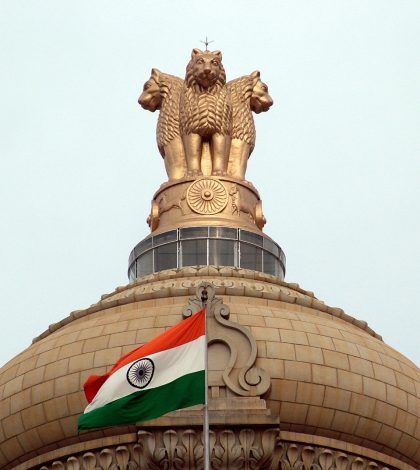Introduction
India’s rapid digital transformation has led to an exponential increase in electronic waste (e-waste), making it one of the top e-waste generators globally. The improper management of e-waste poses severe environmental, economic, and social challenges. To address this issue, the Extended Producer Responsibility (EPR) framework has been introduced, holding producers accountable for managing waste from their products’ end-of-life. Additionally, stable pricing of EPR certificates plays a crucial role in ensuring the effectiveness of formal recycling and sustainable waste management.
Challenges Posed by E-Waste Management in India
1. Rising E-Waste Volumes
India’s e-waste generation increased by 151.03% in six years, reaching 17,78,400 metric tonnes in 2023–24.
The informal sector dominates 95% of e-waste recycling, leading to hazardous processing methods.
2. Environmental Degradation
Improper disposal leads to water, air, and soil pollution, causing an annual loss of $10 billion.
Hazardous substances like lead, mercury, and cadmium contaminate agricultural fields and water bodies.
3. Health Hazards
Informal recycling exposes women and children to toxic substances, reducing their lifespan to less than 27 years.
Prolonged exposure causes respiratory diseases, neurological disorders, and cancer.
4. Economic Losses
India loses ₹80,000 crore annually due to inefficient metal extraction.
The country forfeits $20 billion in tax revenue as informal recycling remains unaccounted.
Role of Extended Producer Responsibility (EPR) in Sustainable Waste Management
1. Accountability of Producers
EPR mandates that producers, importers, and brand owners manage waste from their products’ end-of-life.
It integrates environmental costs into product pricing, ensuring responsible disposal.
2. Encouraging Sustainable Design
Incentivizes producers to design durable, recyclable products.
Promotes use of eco-friendly materials and efficient manufacturing.
3. Formalizing Recycling Practices
Supports the shift to certified recyclers, reducing informal hazardous practices.
Facilitates safe extraction of valuable materials like gold, copper, and rare earths.
4. Reducing Burden on Municipalities
Shifts responsibility from local governments to producers.
Drives investment in recycling infrastructure, fostering a circular economy.
Impact of Stable Pricing of EPR Certificates
The E-Waste (Management) Rules, 2022 introduced a floor price for EPR certificates. This has significantly improved India’s approach to e-waste.
1. Incentivizing Formal Recycling
Guarantees fair returns to registered recyclers, reducing informal sector dominance.
Encourages investment in advanced recycling technologies.
2. Market Stability and Compliance
Prevents price crashes, ensuring recyclers receive sufficient operating capital.
Motivates producers to meet EPR targets via certified recyclers.
3. Economic and Environmental Benefits
Eliminates the cost advantage of informal recycling.
Reduces environmental damage by limiting toxic exposure.
Promotes innovation in product design, reducing future e-waste volumes.
4. Strengthening India’s Leadership in Sustainability
Aligns with global best practices in e-waste management.
Positions India as a leader in the circular economy.
Conclusion
By valuing recycling efforts and implementing effective EPR policies, India can transform e-waste into an opportunity, setting a global standard for sustainable waste management. The 73% surge in e-waste within five years is a clarion call for action. With stable floor pricing, India can secure a sustainable future where economic growth and environmental responsibility go hand in hand.


